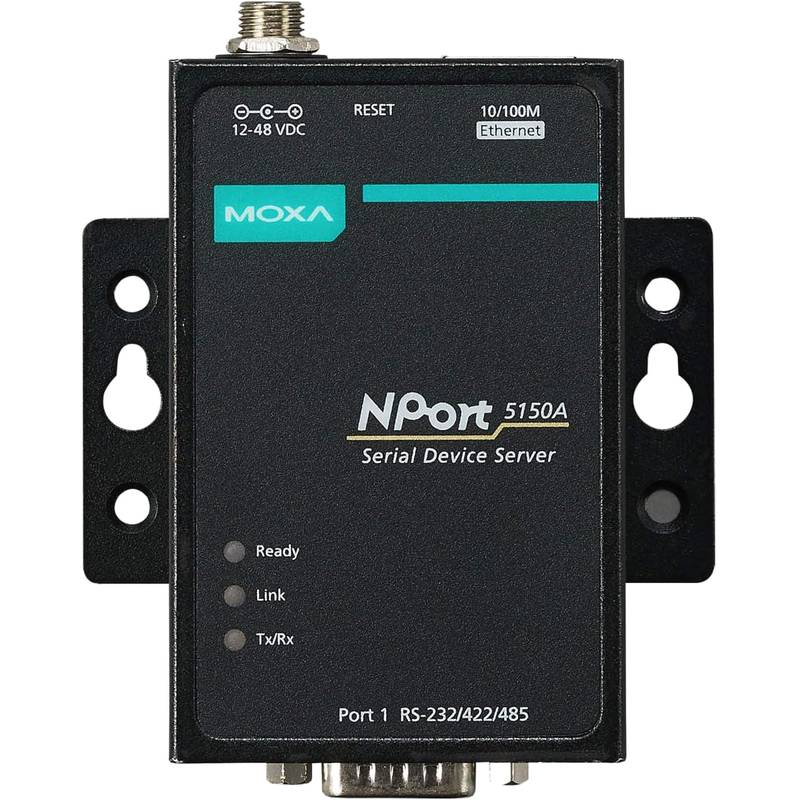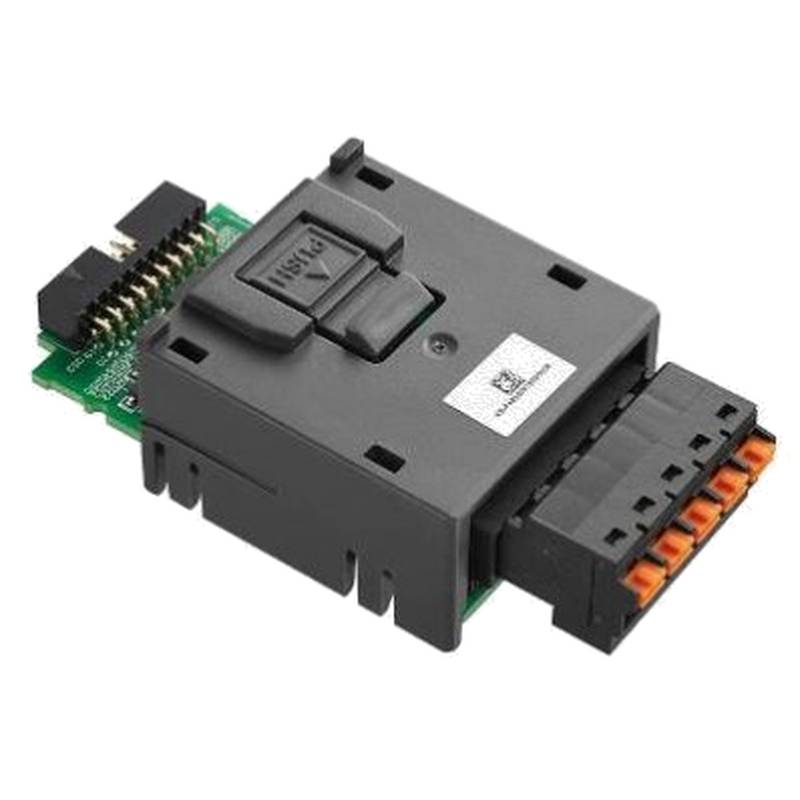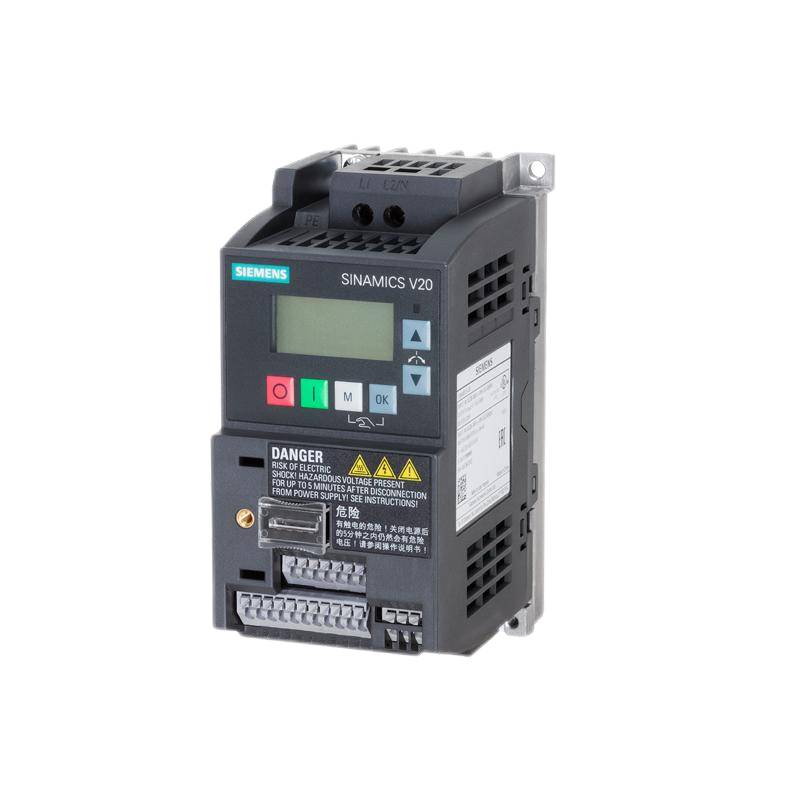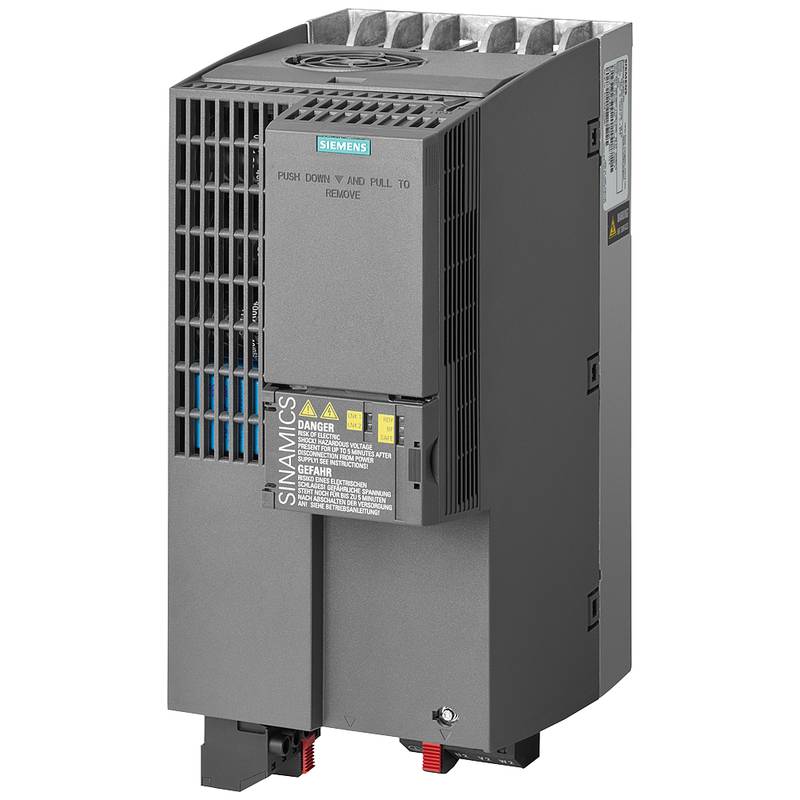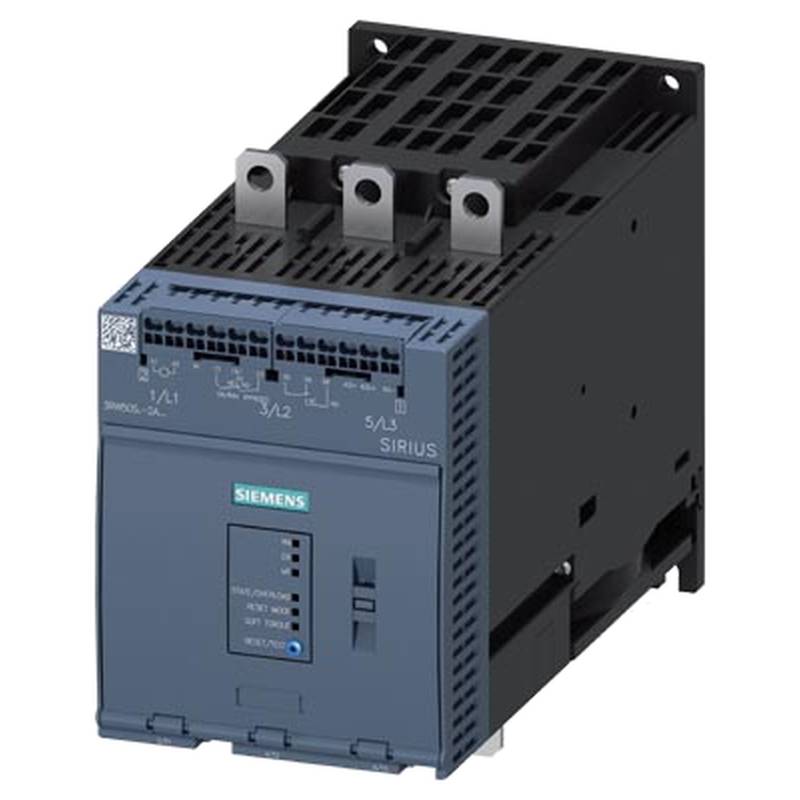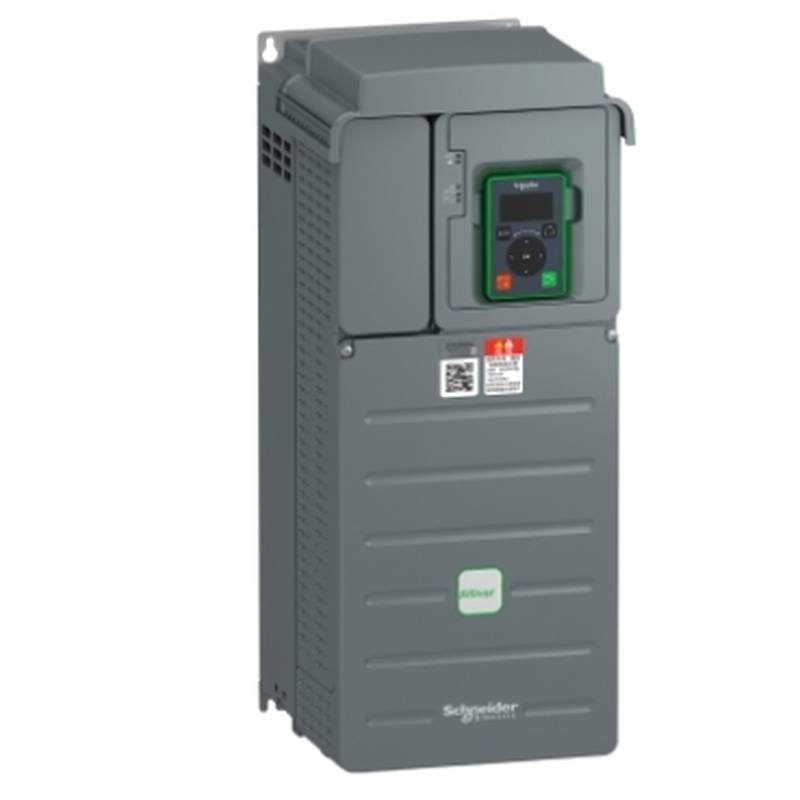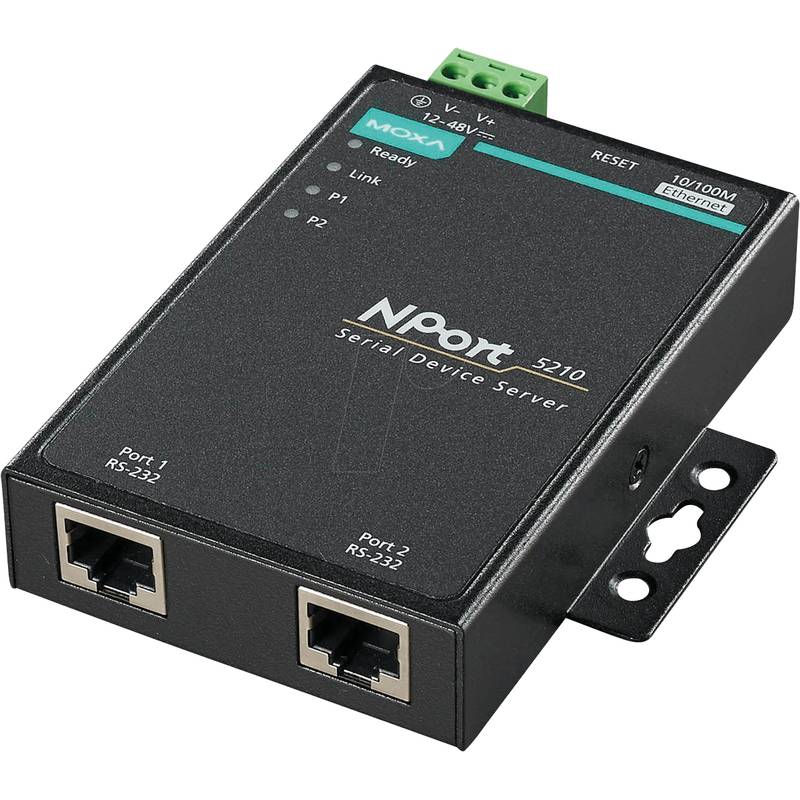
The Moxa NPort 5150A industrial multi-port serial device server stands as a robust solution for seamlessly integrating legacy serial devices into modern Ethernet networks. This device offers critical advantages in industrial automation by providing reliable serial-to-Ethernet conversion, enhancing device accessibility, and simplifying network management for a wide array of applications. With its four RS-232 serial ports, 10/100 Mbps Ethernet connectivity, and broad operating temperature range of -40 to 75°C, the NPort 5150A is engineered for demanding industrial environments. Its compact design, DIN-rail mounting capability, and support for TCP/IP, UDP/IP, and HTTP protocols ensure flexible deployment and straightforward integration into existing control systems.
Product Specifications
| Feature | Specification |
| :-------------------- | :-------------------------------------------------- |
| Serial Ports | 4 x RS-232 |
| Ethernet Ports | 1 x 10/100 Mbps Ethernet |
| Baud Rate | Up to 115.2 kbps |
| Operating Temperature | -40 to 75°C |
| Power Input | 12-48 VDC |
| Mounting | DIN-rail |
| Protocols Supported | TCP/IP, UDP/IP, HTTP, DHCP, BOOTP, Telnet, |
| | PPP, DNS, ARP, ICMP |
| Management | Web Console, Telnet Console, Windows Utility |
| Dimensions | 67 x 147 x 102 mm |
| Weight | 710 g |
Core Features & Market Positioning
The Moxa NPort 5150A distinguishes itself through its inherent reliability and ease of use, key differentiators in the industrial device server market. Its robust hardware design, including a wide operating temperature range and surge protection, ensures continuous operation in harsh conditions, a critical factor for industrial uptime. Moxa's reputation for stable and secure networking solutions further solidifies the NPort 5150A's position as a trusted choice for integrating serial equipment, such as PLCs, sensors, and machinery, into SCADA and IIoT platforms. The device's multiple serial ports offer efficient consolidation of serial communication points, reducing the need for numerous individual converters and simplifying network architecture.
Key Application Scenarios
The NPort 5150A is ideally suited for a range of industrial applications where reliable serial-to-Ethernet conversion is paramount. In manufacturing facilities, it enables remote monitoring and control of production equipment, robots, and quality inspection systems. In the energy sector, it facilitates the connection of substation equipment, RTUs, and metering devices for data acquisition and remote management. Transportation systems benefit from its use in traffic control systems, railway signaling, and passenger information displays, ensuring seamless data flow across distributed networks. Furthermore, its application extends to building automation for HVAC systems and security access control, demonstrating its versatility across diverse industrial segments.
Practical System Integration Guidance
Integrating the Moxa NPort 5150A into an industrial network is a streamlined process. Initial setup typically involves connecting the device to the network via its Ethernet port and powering it using a 12-48 VDC supply. Configuration can be achieved through Moxa's Windows-based utility, a web browser, or a Telnet connection. Users will need to assign an IP address, configure the serial port parameters (baud rate, data bits, parity, stop bits) to match the connected serial devices, and select the desired network communication mode (e.g., TCP Server, TCP Client, UDP). For example, to connect a serial PLC to an HMI over Ethernet, one would configure the NPort 5150A in TCP Server mode, setting the serial port to match the PLC's communication settings and the Ethernet port to listen on a specific IP address and port number.
Operation and Risk Mitigation
Operating the NPort 5150A involves ensuring proper network connectivity and serial port configuration. Common troubleshooting steps include verifying IP address settings, checking cable integrity, and confirming that serial parameters align between the device server and the connected serial equipment. To mitigate risks associated with network security, it is advisable to utilize features like password protection and, where possible, secure network protocols. In the event of unexpected behavior, reviewing the device's system logs via its web or Telnet interface can provide valuable insights into potential fault conditions. Ensuring the device is protected from environmental hazards, such as excessive dust or moisture, through appropriate enclosure or mounting, is also crucial for long-term operational stability.
Scalability & Long-Term Value
The Moxa NPort 5150A offers significant scalability and long-term value by providing a foundational element for industrial communication infrastructure. Its ability to support multiple serial ports consolidates serial device connectivity, allowing for the addition of more serial devices to the network by simply configuring additional ports on the NPort, rather than deploying new network hardware. Compatibility with Moxa's broader portfolio of industrial networking products ensures seamless integration into larger, more complex industrial control systems and IIoT platforms. As industries increasingly move towards digital transformation and the Industrial Internet of Things, devices like the NPort 5150A act as essential bridges, enabling legacy equipment to participate in modern, data-driven environments and thus extending their operational lifespan and value.
Frequently Asked Questions
What are the primary benefits of using the Moxa NPort 5150A?
The NPort 5150A offers reliable serial-to-Ethernet conversion, enhancing connectivity for industrial devices. It simplifies network integration by allowing legacy serial equipment to communicate over standard Ethernet infrastructure. This reduces the need for specialized serial cabling and facilitates remote access and management of devices.
How does the NPort 5150A facilitate remote access to serial devices?
It creates a virtual serial port over an IP network, allowing applications to communicate with serial devices as if they were locally connected. This enables centralized monitoring and control of devices spread across a facility or even geographically dispersed locations. Remote diagnostics and troubleshooting become more efficient.
What industrial protocols are compatible with the NPort 5150A?
The device supports standard TCP/IP and UDP/IP protocols for network communication. This allows it to interface with a wide range of industrial automation software and SCADA systems that utilize these common networking standards. It can also be configured for various operating modes to suit specific application requirements.
How do I configure the serial port settings on the NPort 5150A?
Serial port settings such as baud rate, data bits, parity, and stop bits must match the requirements of the connected serial device. You can access these settings through the NPort's web console, Telnet interface, or the Moxa Windows utility. Precise configuration ensures successful communication.
What are common troubleshooting steps for serial communication issues?
First, verify that the Ethernet cable is securely connected and the IP address is correctly configured. Second, double-check that all serial port parameters (baud rate, data bits, parity, stop bits) on the NPort 5150A precisely match those of the connected serial device. Finally, ensure the operating mode (e.g., TCP Server/Client) is set appropriately for your application.
How can I ensure network security when using the NPort 5150A?
Implement strong password protection for accessing the NPort's management interfaces. Consider placing the device on a segregated network or using a firewall to restrict access. If your network supports it, explore advanced security features or VPNs for encrypted communication channels.
What is the typical power requirement for the NPort 5150A?
The NPort 5150A operates on a DC power input ranging from 12 to 48 VDC. This wide voltage range offers flexibility in selecting power supplies commonly found in industrial environments. Proper power supply selection is crucial for stable operation.
Can the NPort 5150A be mounted on a DIN-rail?
Yes, the NPort 5150A is designed for easy installation in industrial control cabinets. It features a built-in DIN-rail mounting bracket, allowing for secure and convenient attachment to standard DIN rails. This simplifies panel assembly and maintenance.
What is the operating temperature range of the NPort 5150A?
The NPort 5150A is built for rugged industrial applications and operates reliably in extreme temperatures, typically from -40°C to 75°C. This wide temperature tolerance ensures performance in environments such as unconditioned enclosures or outdoor installations.
How does the NPort 5150A support IIoT integration?
By converting serial data into IP packets, the NPort 5150A makes data from older serial devices accessible over Ethernet. This allows these devices to be integrated into modern IIoT platforms for data logging, analytics, and remote monitoring. It bridges the gap between OT and IT systems.














